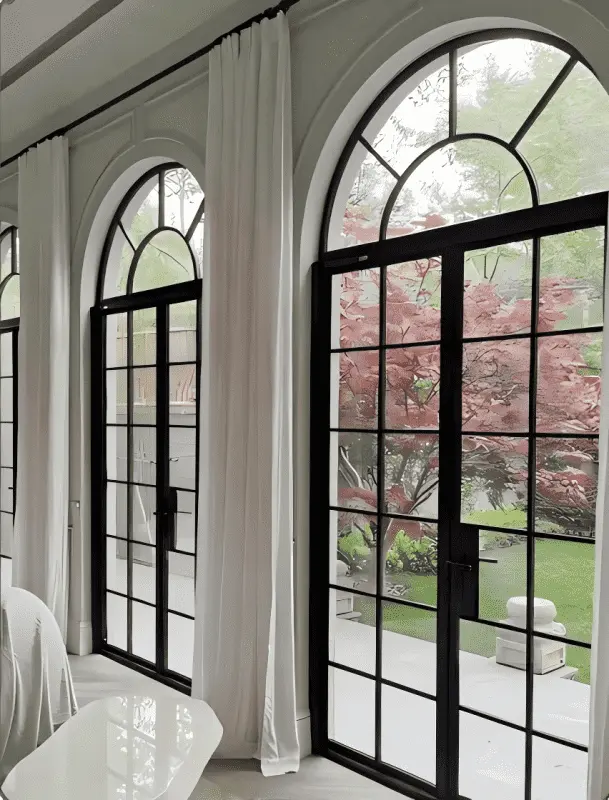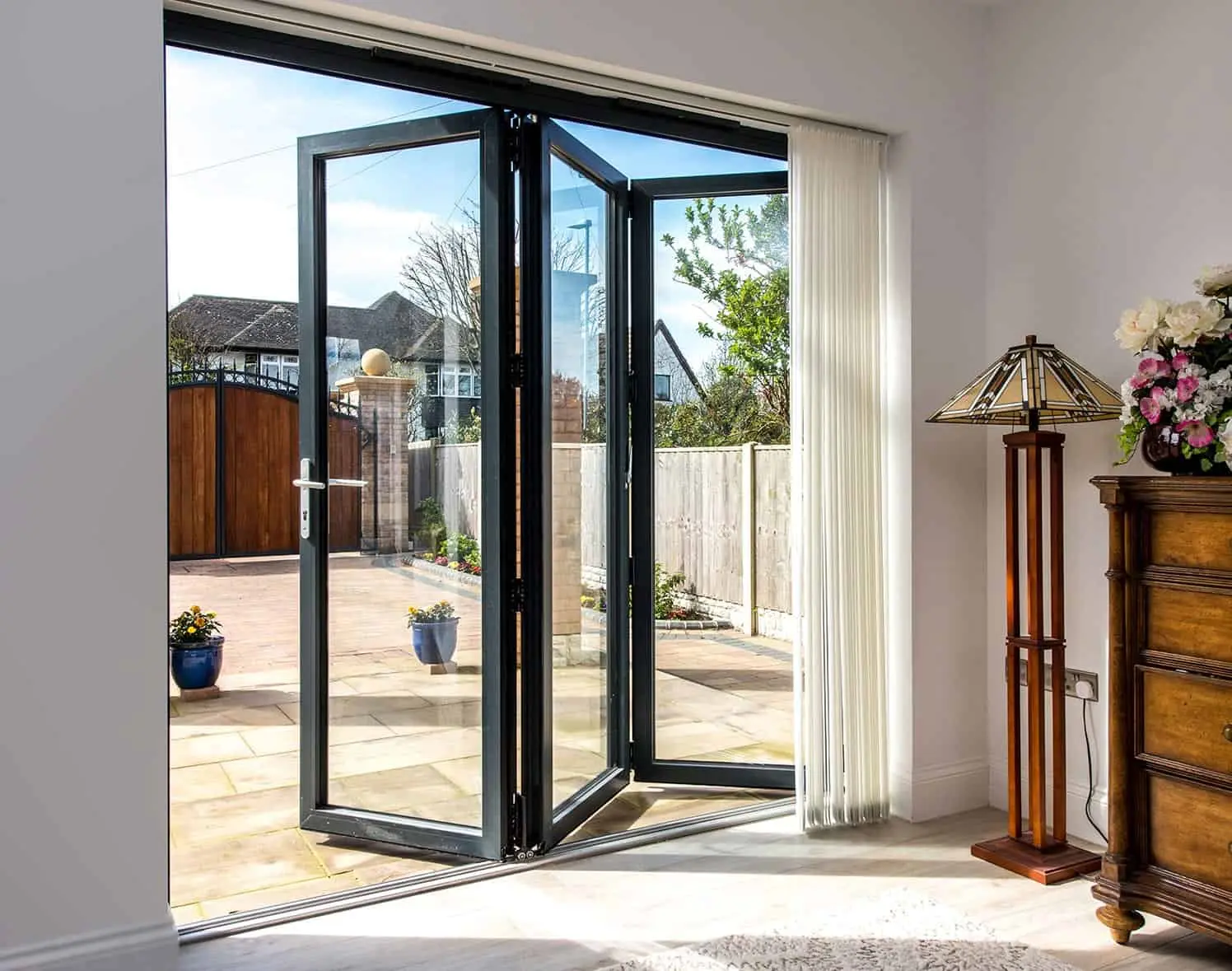Introduction to Windows & Doors
As essential architectural components, windows and doors significantly impact a building’s energy performance, safety standards, and visual appeal. A thorough understanding of their characteristics empowers homeowners to make optimal selections.


Types of Doors: Balancing Strength and Design
Preferred for classic architecture, these doors provide organic texture and bespoke craftsmanship. Note that periodic sealing/treatment is necessary to maintain dimensional stability in humid climates.
Engineered with reinforced cores, these offer exceptional intrusion resistance and minimal thermal expansion. Their powder-coated finishes suit urban lofts and commercial applications.
Available in frameless or structural designs, they visually expand compact spaces. Smart glass technology now enables adjustable opacity for dynamic privacy control.
Window Systems: Performance Considerations
Single-Hung vs. Double-Hung Windows
While single-hung units prioritize cost-effectiveness, double-hung configurations permit top-down airflow regulation and simpler exterior cleaning.
Casement Windows
Their crank-operated mechanism forms an airtight compression seal, achieving 30% better thermal retention than standard sliding models according to DOE studies.
Sliding Windows
The contemporary flush-track systems eliminate dust accumulation issues found in traditional rail designs, making them low-maintenance solutions for high-rise installations.
Advanced Energy Management
Current innovations include:
Spectrally selective Low-E films that block infrared while transmitting visible light
Thermally broken aluminum frames with polyamide insulation barriers
Quadruple-glazed units with krypton gas fills for Arctic applications
Selection Methodology
Key evaluation criteria:
Microclimate Adaptation: Fiberglass doors resist coastal salt corrosion; awning windows shed heavy snowfall
Smart Integration: Pre-wired for automated locking systems and IoT-enabled sensors
Heritage Compliance: Historically accurate divided-light patterns for preservation districts
Strategic investment in quality fenestration products yields long-term benefits in occupant comfort and real estate valuation.
